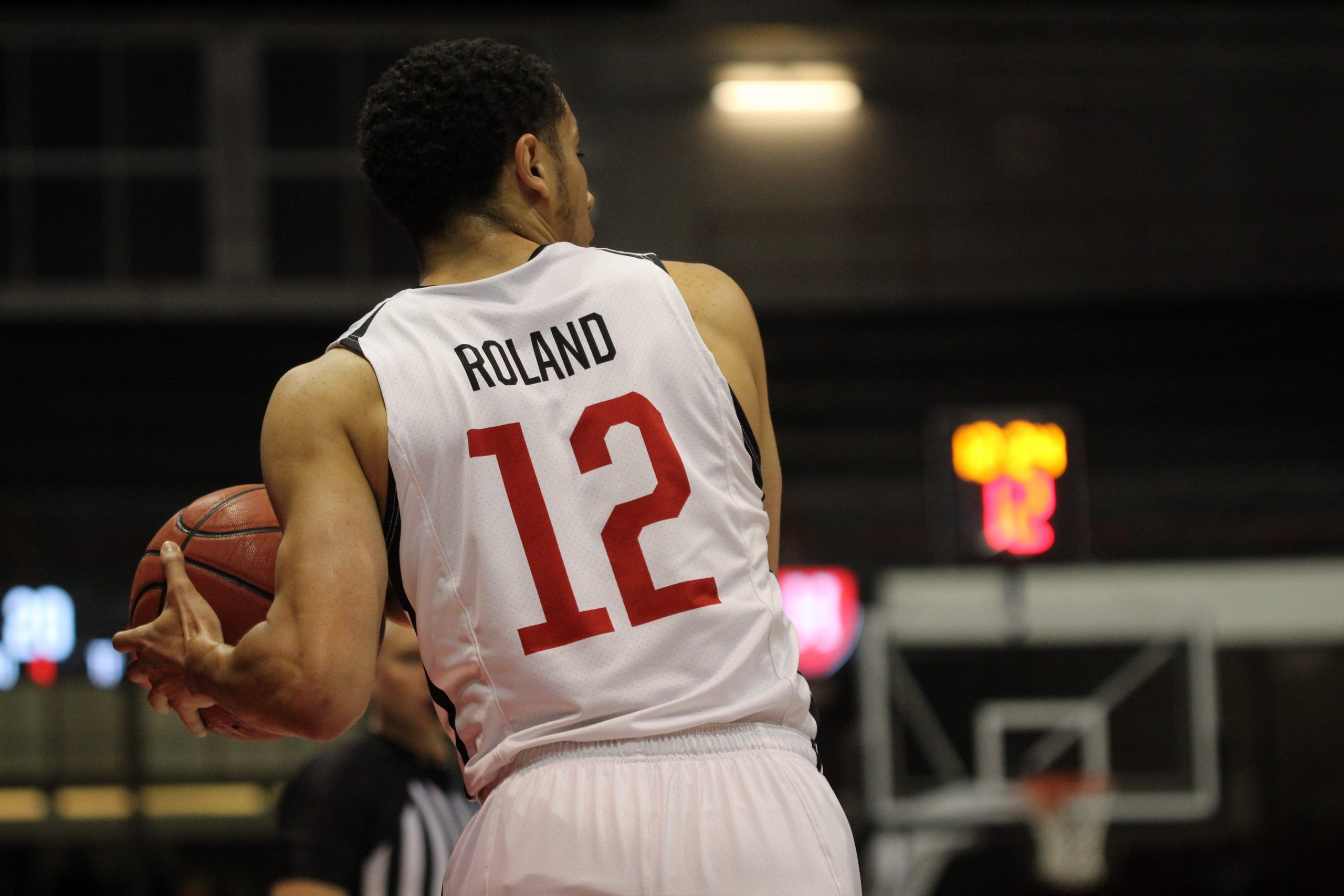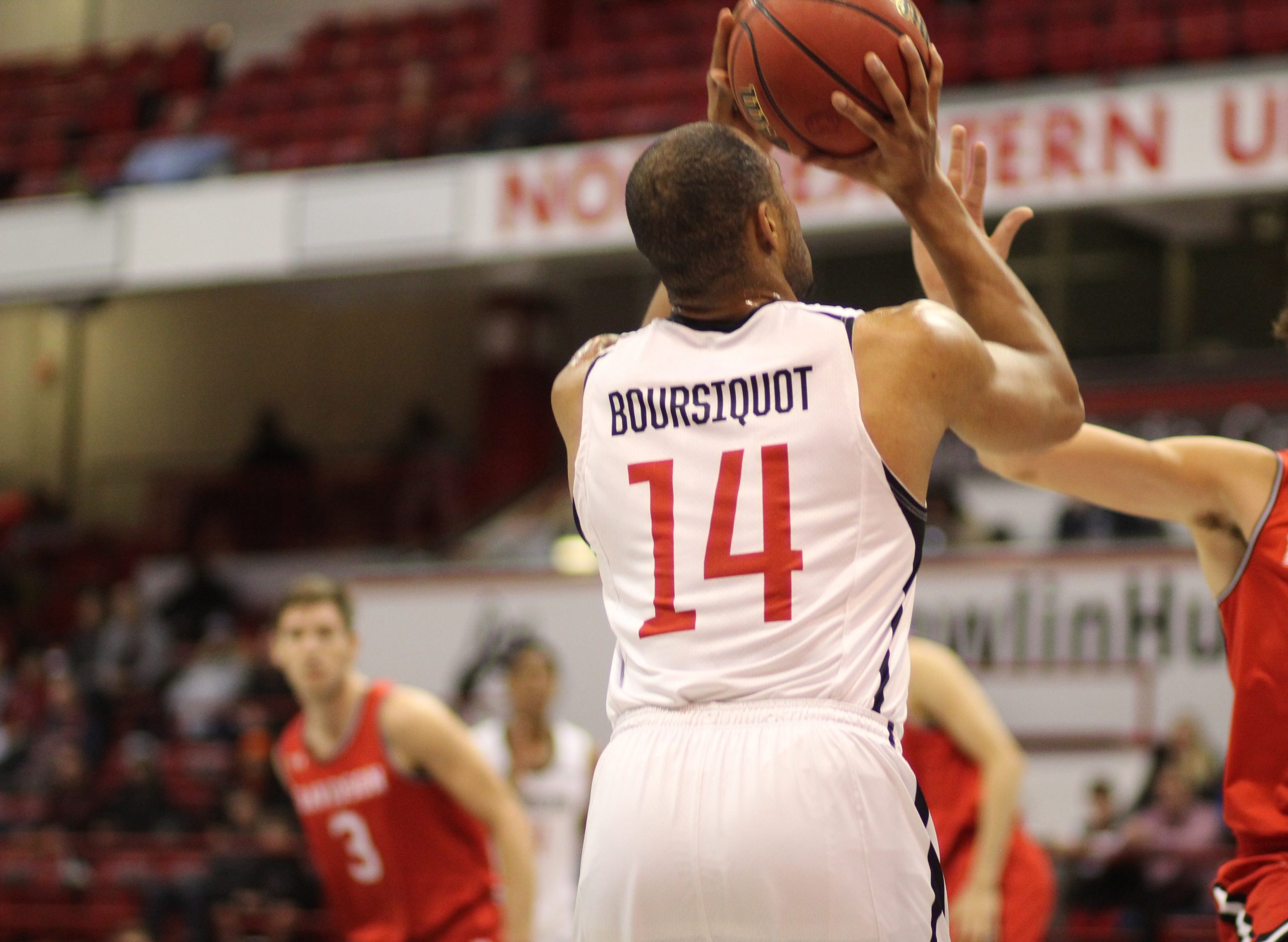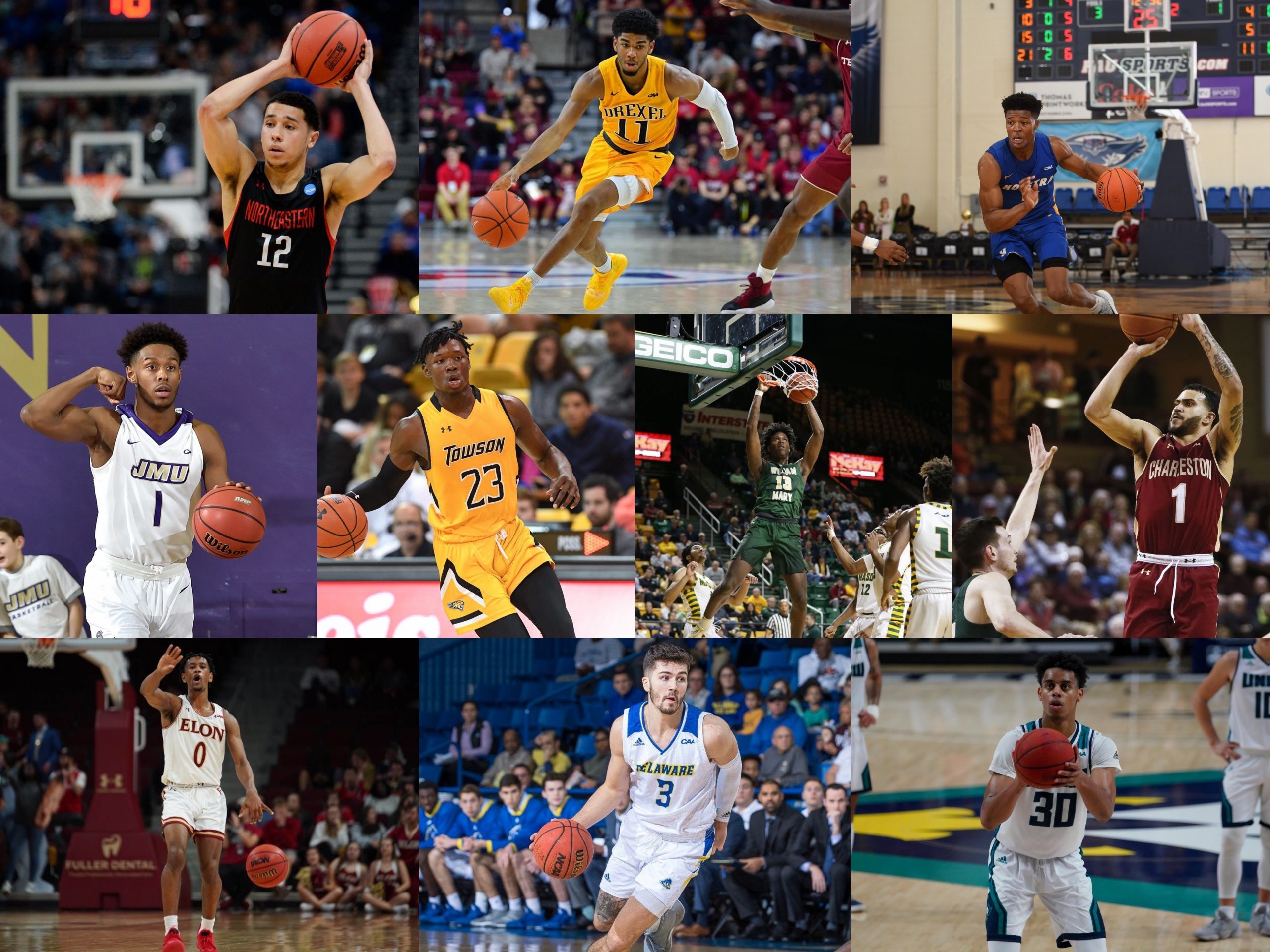2020–21 CAA Preview: William and Mary Tribe
Last Season: 21–11 (13–5, second place CAA), Lost to Elon in CAA Quarterfinal Head Coach: Dane Fischer (second season) Preseason Poll Projected Finish: 10th Departures — ppg/rpg/apg (fg% / 3fg% / ft%) G Bryce Barnes —8/3/3 (45/33/73) G Tyler Hamilton — 3/3/1 (35/27/79) F Nathan Knight — 21/11/2 (52/31/77) F Andy Van Vliet — 13/9/2…




